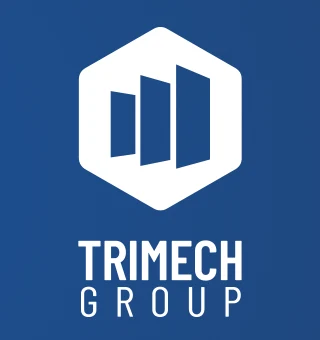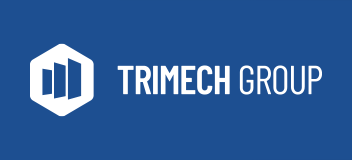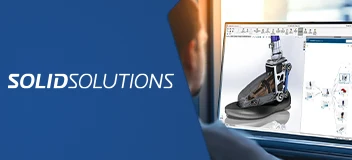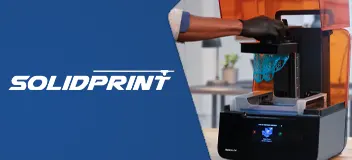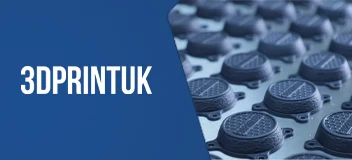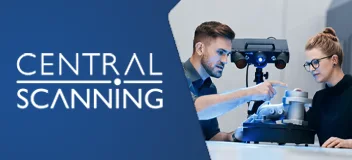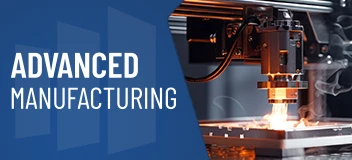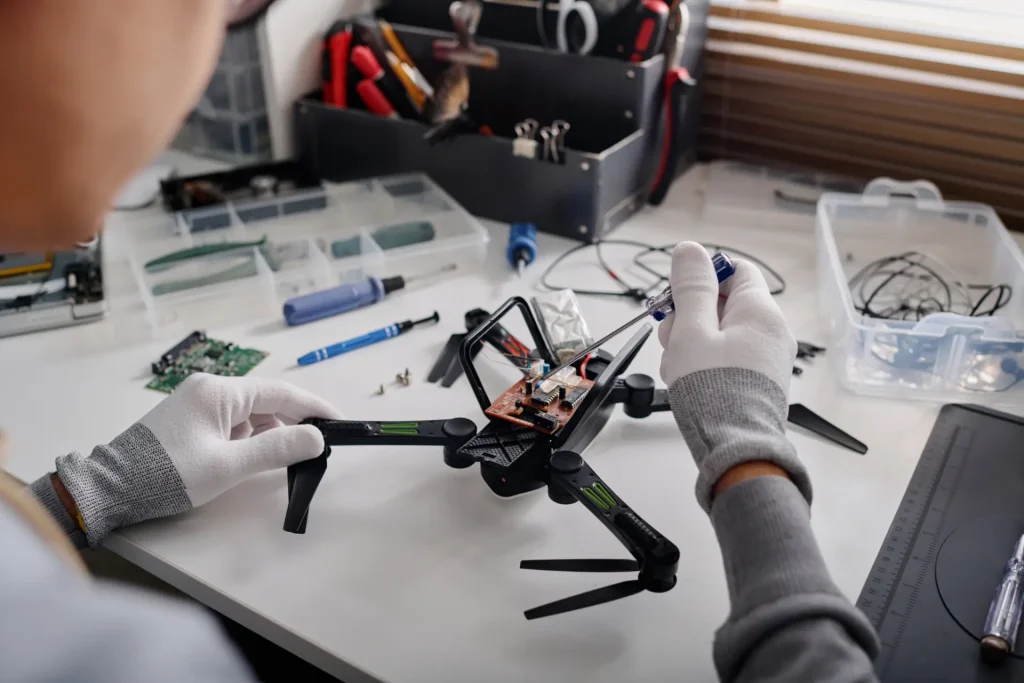Rapid Prototyping Services vs. In-House 3D Printing: What’s Best for Hardware Startups?
Rapid prototyping is the quickest way to make a functioning prototype during the product development process. For hardware startups, choosing between rapid prototyping services or in-house 3D printing is a strategic question. There are different key factors to consider when deciding whether to implement the projects through outsourcing or owning 3D printing capabilities.
Key Takeaways
- Rapid prototyping consists of ideation, prototyping, and testing, which helps validate ideas and designs efficiently.
- Rapid prototyping is a cost-effective way to explore various design options, saving time and effort and avoid major mistakes in full-scale prototypes.
- The choice between in-house 3D printing vs rapid prototyping services depends on: stage, complexity, quantity, and budget.
- In-house 3D printing requires quality printers, materials, software, post-processing tools, and trained staff.
- Outsourcing gives you access to different technologies, materials, quality output, and DfAM advice. However, it entails longer lead times, less control and potential misalignment.
What is Rapid Prototyping?
Rapid prototyping is the process of creating parts, models, and assembly in conjunction with 3D computer-aided design (CAD), typically done through additive manufacturing, or 3D printing.
How is rapid prototyping different from other ways of prototyping?
Prototyping can take many forms, from traditional methods like machining—ideal for high-strength metal components—to soft tooling techniques such as urethane casting, which deliver a high-quality surface finish. For electronics, breadboarding is commonly used to create functional circuit prototypes.
However, rapid prototyping, typically involves using additive manufacturing (3D printing), is the fastest and most cost-efficient way of creating functional prototypes.
Essentially, rapid prototyping is a prototyping workflow that consists of ideation, prototyping, and testing. It helps designers and inventors quickly discover and validate their ideas and designs in the fastest and most efficient way possible.
Rapid prototypes vs full-scale prototypes
Rapid prototyping is used to quickly test concepts, functional, or partial components or simplified versions, it’s used more in early-stage R&D, proof of concept, and design exploration.
While full-scale prototypes are used for pre-manufacturing validation. The entire product should be as close to the final version as possible.
Rapid prototyping can be completed as fast as a few hours or days, while full-scale prototype may take several days to weeks or even longer.
Do Rapid Prototypes mean an instantaneous product?
Rapid prototype and instantaneous prototyping are not synonymous. Rapid prototyping refers to using advanced technologies like 3D printing to quickly receive the parts of your prototyping within a week and have them assembled and put together after the parts have been made.
Rapid prototyping doesn’t mean that a prototype can be made overnight, but definitely within a month. It’s important to remember that the purpose of prototyping is to fully explore its limitations, constraints, and identify areas where improvements can be made.
Why is Rapid Prototyping Important?
Iterate cost-effectively
Depending on your project’s complexity and the functionality of your product, making multiple prototypes is recommended to explore different concepts and experiment with different design approaches. While making multiple prototypes can be costly, rapid prototyping offers a cost-effective way to explore various design options without the high expense of full-scale prototypes.
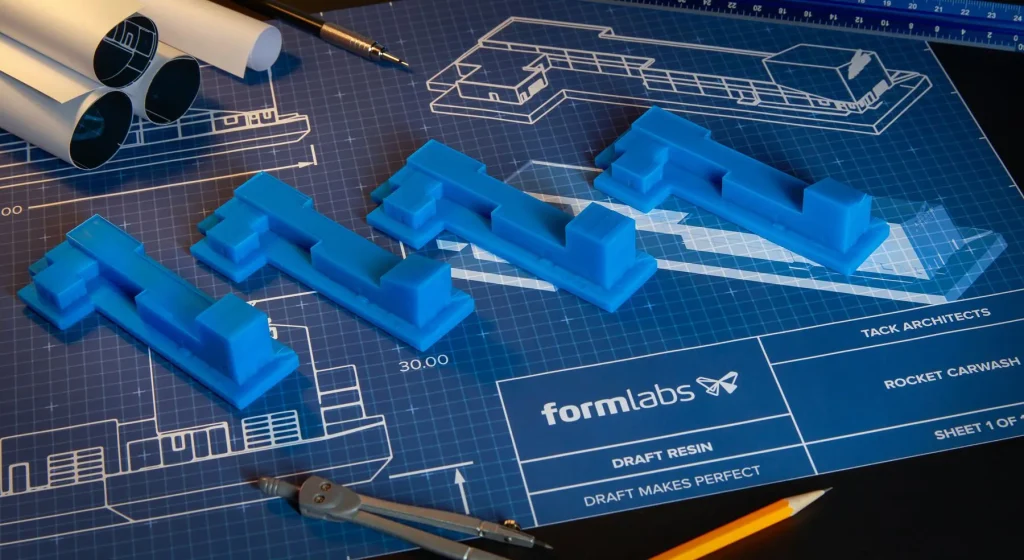
Prototype versions
Reduce risk
Rapid prototyping is not only cost-effective, but it also saves you the time and effort by helping you avoid major mistakes in full-scale prototypes. It allows for flexible iteration, making it easier to compare and refine different design options for your product. By testing early and often, you can identify and fix design flaws before investing heavily in manufacturing.
Save time
Rapid prototyping is one of the best methods for prototyping, especially if you are running on deadlines or have time constraints when you’d like your project to be completed.
If you decide to make any changes- big or small – rapid prototyping allows you to quickly and efficiently test new ideas without slowing down your project’s progress.
Boost creativity and problem-solving
Rapid prototyping gives you a physical version of your design, helping you identify and resolve any mistakes that may have been overlooked during the initial planning or surfaced during testing.
Rapid prototyping not only enhances your problem-solving skills but also encourages innovative and creative thinking when addressing issues in your design. It opens the door to reimagining your product in new ways, potentially leading to even better solutions and improvements
Rapid Prototyping: In-House vs. Outsourcing
Rapid prototyping often involves multiple design iterations, where in-house 3D printing would be more efficient. However, many hardware startups developing complex products may lack in-house expertise in design for additive manufacturing, and the cost of equipment and materials can be a significant investment.
The choice between in-house 3D printing vs rapid prototyping services depends on several key factors.
Key Consideration #1: Stage of product development
If you are still in the ideation and proof of concept stage, outsourcing to rapid prototyping services provider is the way to get it done fast and right.
If you are in the MVP and form-fit testing stage, you might need to look at the complexity of the parts, budget, quantity, expertise, and other factors to see if it justifies owning in-house 3D printing capabilities.
Key Consideration #2: Complexity
This factor should be tied with your in-house capabilities. For basic parts, in-house FDM or SLA systems might be enough.
But for prototypes that have specialized geometry, material, precision, or integration needs, you should have the right printer to handle the requirements, enough CAD knowledge, maintenance and troubleshooting skills, and understanding of print settings, materials, tolerance, etc. to fulfill the tasks.
Key Consideration #3: Quantity
The quantity depends on the frequency of prototyping and volume of parts to be made. If you are in a time-sensitive R&D phase requiring frequent iterations or managing multiple projects with a steady flow of parts to produce, in-house prototyping can be amore efficient solution. It enables rapid, even overnight, iterations without the delays often associated with outsourcing.
If you’re prototyping once a month, outsourcing is more cost-effective.
Key Consideration #4: Budget
3D printers range widely in price, depending on quality and technology. In addition to the initial investment, you’ll need to consider the cost of training, materials, and ongoing maintenance cost. If the quantity of prototypes doesn’t justify the expense, partnering with a service provider may be a more practical and cost-effective solution.

3D Printed Prototype Parts
Pros & Cons of In-house 3D Printing
Pros:
Owning 3D printers is ideal for agile, fast-moving teams, as it enables immediate prototyping and same-day or overnight iterations, keeping development cycles quick and responsive.
You will also have greater convenience and control over the process to quickly iterate on designs and test concepts.
Cons:
Quality printers, materials, software, post-processing tools, and maintenance costs can add up quickly. Entry-level printers could restrict material and print quality.
To ensure print quality, you’ll need trained staff who understand design for additive manufacturing, printer calibration, troubleshooting, and slicing software.
Pros & Cons of Rapid Prototyping Services
Pros:
First, you’ll have access to different technologies and materials that can meet your requirements. Each 3D printing method has unique strengths and limitations. For example, SLA or PolyJet systems offer highly detailed concept models, SLS or MJF machines create functional mechanical parts; FDM printers with carbon fiber or nylon materials can produce high-temp or load-bearing parts. Professional rapid prototyping services providers offer multiple advanced 3D printing technologies beyond the reach of most startups.
Also, you’ll get high quality output as parts are printed using industrial-grade machines with better tolerances, finishes, and material properties. You can focus your time on product design without investment in machines and expertise in additive manufacturing. Some service providers offer DfAM advice, print optimization, and design feedback.
Cons:
Compared to in-house 3D printing, outsourcing to rapid prototyping services often involves longer lead times due to shipping and the added complexity of certain projects.
Additionally, selecting the wrong prototyping partner can result in less control, inefficient communication, and potential misalignment with your design goals.
In the long run, the cost-per-part of rapid prototyping services is higher than in-house 3D printing. Small-volume parts are higher in per-part cost for rapid prototyping services.

Rapid prototype made by TriMech Design for Companion Bike
How Can TriMech Design Help?
TriMech Design provides rapid prototyping services to ensure quick turnaround with quality parts. We work with different clients to select the right technology, process, and material for their rapid prototyping applications. This is made possible not only by the range and complexity of our machines and equipment across facilities in the US and Canada, but more importantly by the skilled and dedicated people who power our operations.
Our team sees rapid prototyping not only as a way to help you boost your problem-solving skills but also to help you look for more innovative and creative ways to fix the problems you encounter in your prototypes. It also helps you think of new ways in which you could redesign your product to make something even greater.
After signing an NDA to make sure your idea is yours and fully protected, we can help walk you through the steps and give a better idea of the product development and process of your invention. If rapid prototyping is required, we can better layout a schedule of deliverables and what parts need to be made, brought in, and assembled to help create your first rapid prototype.
The TriMech team value transparency and communication. While we navigate the product development process, our clients are constantly sent feedback about how the prototype is going. We make sure to send over any updates as soon as possible to ensure that our client’s prototypes are going out on time, efficiently, and accurate to their design needs.
If you have a great new product and you’d like to learn more about this process, get in touch with us. We can also set you up on a call with one of our Product Development experts.
Product Design Experts related to this content:
Wade Harmidy, Manager, Product Development
Wade Harmidy is an experienced operations and project management professional with over 10 years in manufacturing and pharmaceutical sectors
